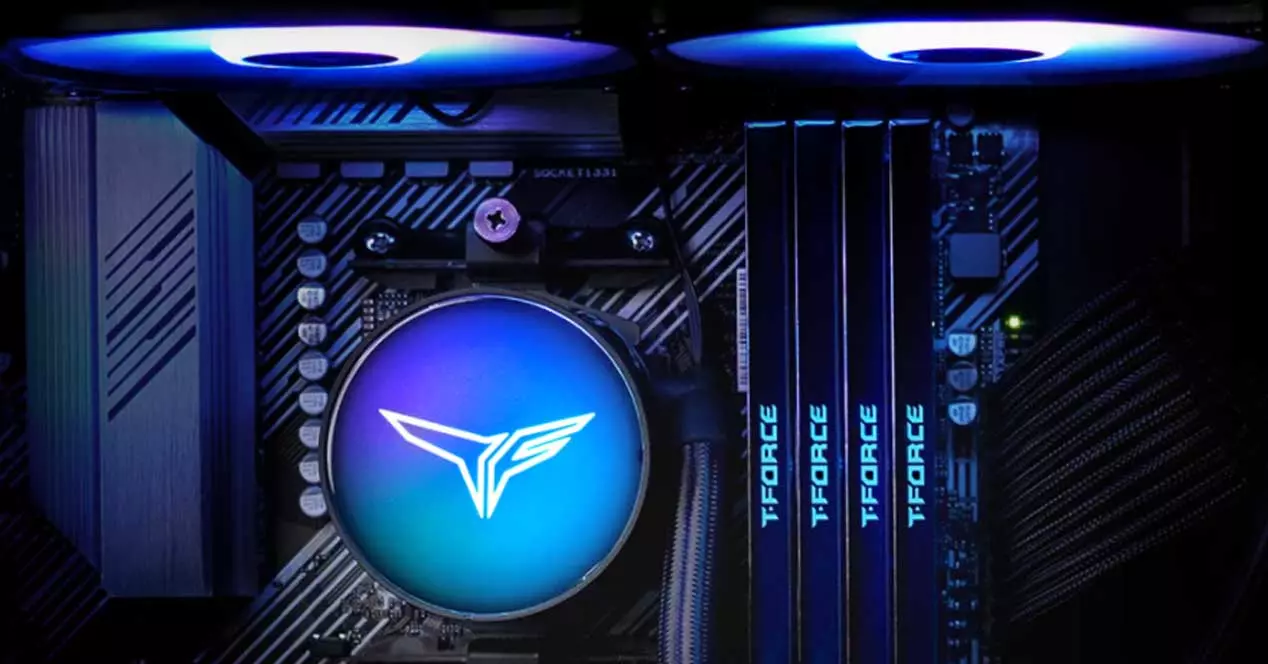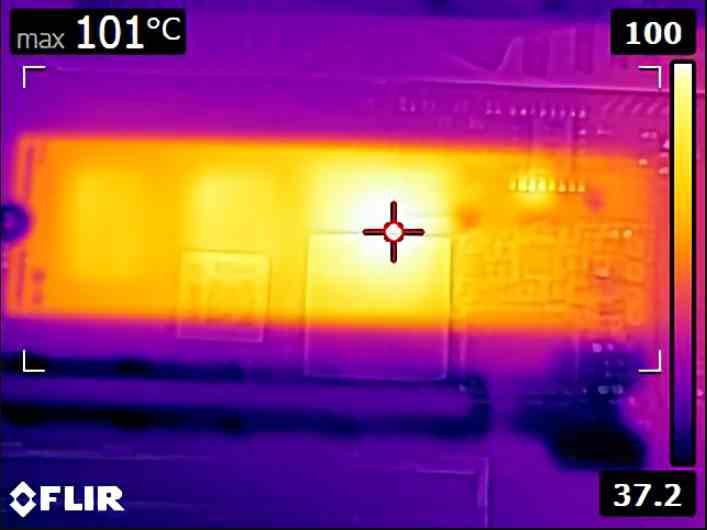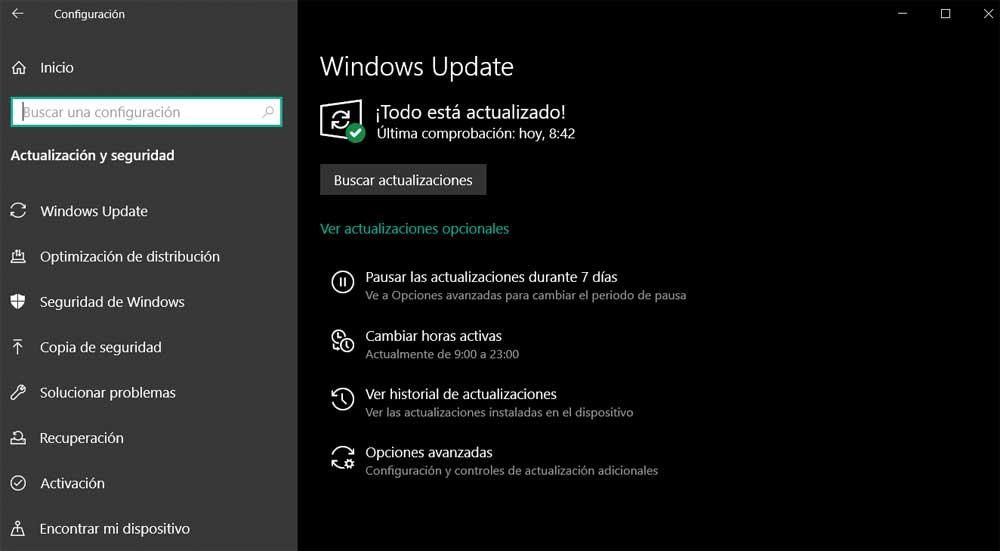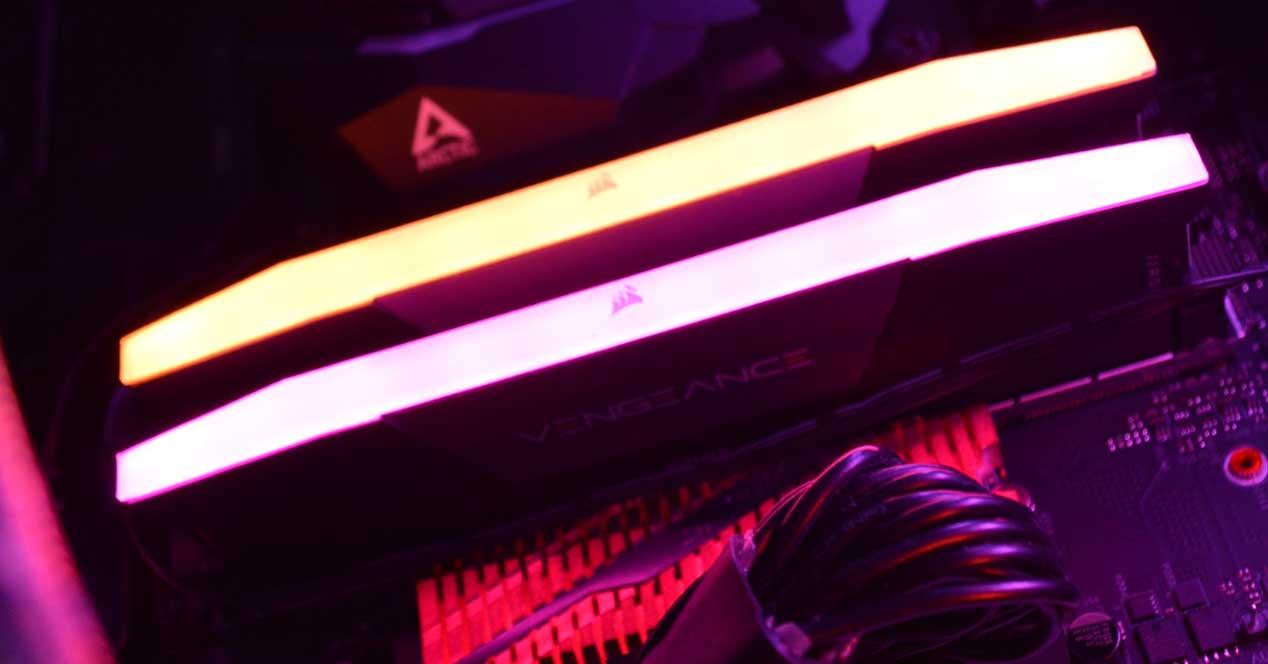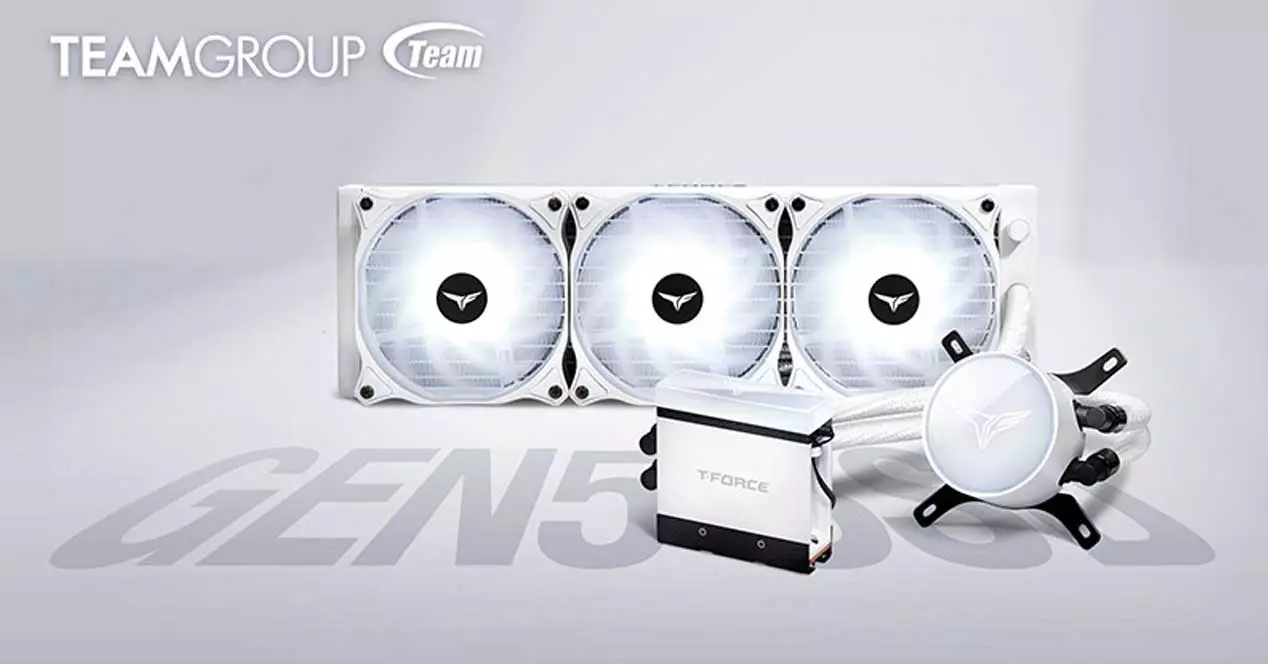
In recent years, storage devices have undergone constant and above all rapid development, and we are seeing faster and faster SSDs but, at the same time, they heat up and consume more. It’s the price of performance, but luckily manufacturers like TeamGroup they are already preparing to fix it with the next liquid cooling AIO kit T-Force Sirendesigned to cool both processor and SSD at the same time.
It is true that, especially since the arrival on the market of PCIe 3.0 SSDs, we have talked at length about Thermal Throttling, the phenomenon that reduces the performance of SSDs to preserve an acceptable operating temperature and not damage the device. As a result of this, many manufacturers have improved their controllers and have included passive heatsinks in their products, but now with the arrival of PCIe 5.0 SSD things can get really much more serious in terms of SSD specific cooling.
TeamGroup T-Force Siren for CPU and SSD at the same time
The manufacturer has sent us in the form of a press release a preview of what will be the first hybrid liquid cooling AIO heatsink on the market, designed according to them for the next generation processors and for the next generation of SSDs with PCI-Express 5.0 interfacealthough it is true that it is not a product presentation as such because they have not even sent us their specific technical specifications (they simply tell us that the product is almost ready to go on the market).
We are therefore dealing with an all-in-one liquid cooling AIO heatsink that, instead of having a radiator + CPU block as usual, will have another water block integrated in the same circuit designed to be installed in an SSD (we assume that in Format M.2 2280 which is the most common).
We will have to see how they finally develop it, but from what we can see in the images (especially in the one that we have put on the cover of this news) the TeamGroup Siren system consists of a 360 mm radiator with three 120 mm fans, the usual CPU block that will surely also integrate the pump, and another rectangular block that, in all probability, will be the one that we will have to install in the SSD. Now, we will have to see what anchoring system they have developed for this, because the block seems much larger than a conventional M.2 2280 SSD, which already tends to be “buried” in the motherboard and very close to both the processor socket as well as the PCIe sockets on the motherboard.
In case you are wondering, there is no price or availability date for this dual AIO cooler yet, TeamGroup has simply informed us that they are finalizing the details, but this also means that we will see it soon.
Will we really need liquid cooling for the SSD?
As we noted at the beginning, the demand for ever faster devices has caused a rapid evolution in the storage market, and although the first SSDs that hit the market did not heat up or consume almost nothing, things are changing by leaps and bounds. This greater performance that they provide us is causing them to consume more and more and generate more heat.
Ever since the PCI-Express interface became the standard for high-performance SSDs, the temperature they generate has increased along with the performance they provide. PCIe 3.0 SSDs offered speeds of up to 3,500MB/s, and this doubled to 7,000MB/s or more with the next generation. Now, with PCIe 5.0 SSDs, read and write speeds are expected to exceed 12,000 MB/s, but their consumption is also expected to exceed 14 watts, which is why it will be practically mandatory to use cooling systems on them. .
And of course, the passive heatsinks that current PCIe 4.0 SSDs have are going to be completely insufficient, which is why many manufacturers are striving to launch products with active cooling (even with tower-type heatsinks as we have seen recently). For this reason, running into liquid cooling that integrates the processor and the SSD in the same circuit is not crazy at all, and in fact it is something that can guarantee us optimal performance in high-end storage units.
We’ll see what the thing is in the end.
